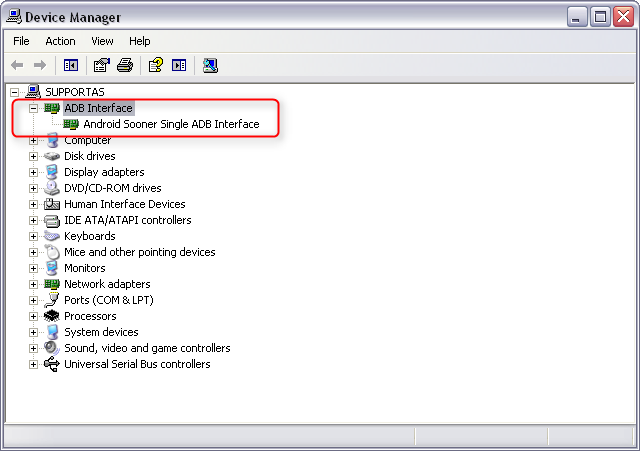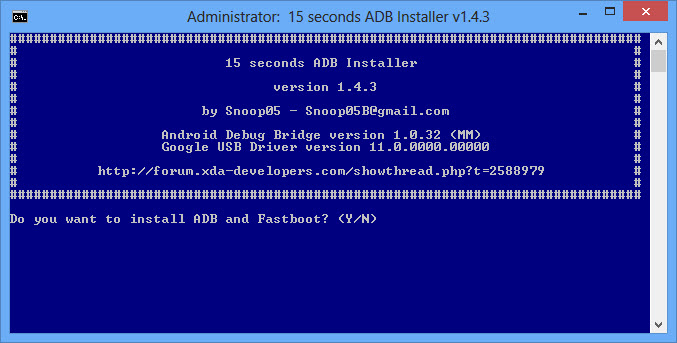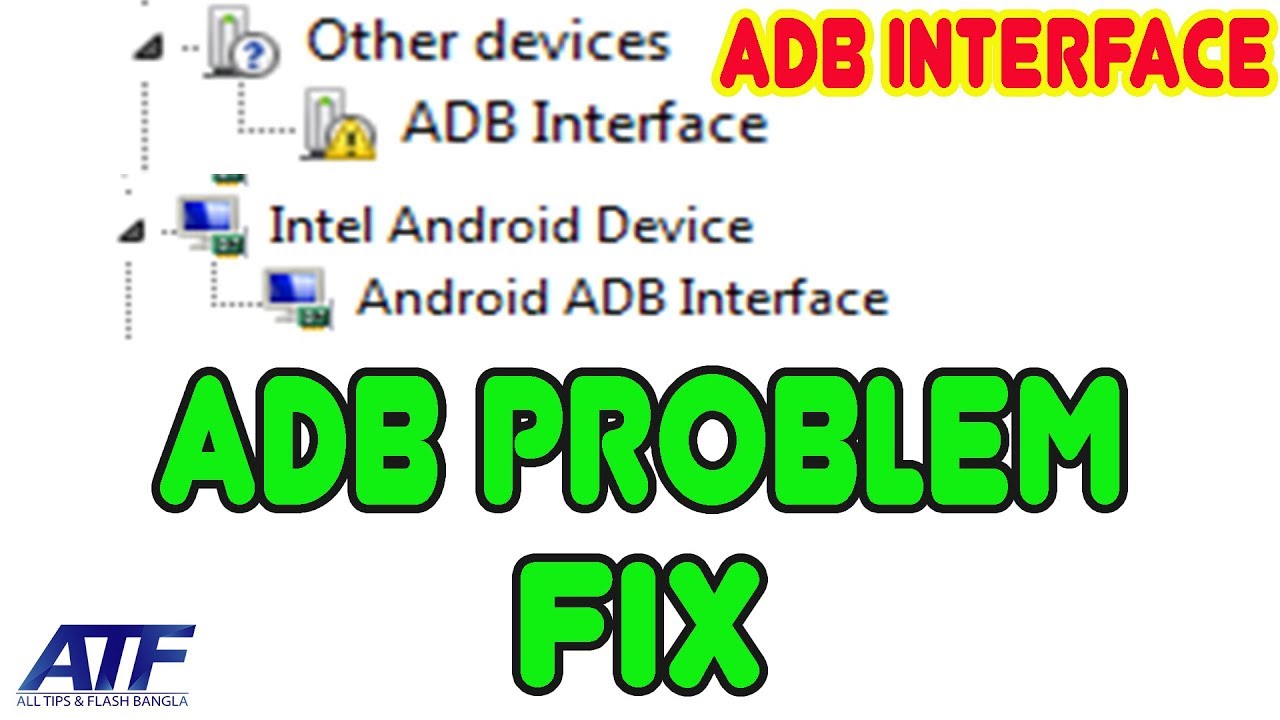
For good measure I disconnected and reconnected the USB cable after removing the previous driver and before selecting the replacement driver. I ended up removing the Intel-specific Android Driver (downloaded yesterday, version 1.9 which doesn't explicitly support Windows 10) and then used the universal Android USB driver following the steps described in the following article (using Device Manager and removing the previous driver). I happened to have an Intel-powered Android phone connected over USB. I had similar problems, adb devices didn't list any devices once I'd upgraded to Windows 10. Question: Does anyone know how to get ADB up and running on a Windows 10 machine? If so which steps did you take? Am I completely off with what I've tried so far? Have this feature been disabled or changed since Windows 8.1 maybe? This however, seems to have no effect - I get the same error as before. They all suggested to (scarily I might add) turn off signature checks on drivers using the command:īcdedit.exe -set loadoptions DDISABLE_INTEGRITY_CHECKS

Googling this error, I found many references to similar problems with Windows 8.1. %CompositeAdbInterface% = USB_Install, USB\VID_05C6&PID_6765&MI_01Īfter manually selecting this file as the driver using Device Manager, I get this error message: The hash for the file is not present in the specified catalog(.) %SingleAdbInterface% = USB_Install, USB\VID_05C6&PID_6765 It automatically detects the BIT of your computer and allows you to install the ADB Driver on Windows XP, Vista, Windows 7, Windows 8, Windows 8.1, and Windows 10 easily.Problem: Install ADB drivers (google_usb_drivers) on a Windows 10 client in order to enable debugging for my OnePlus One (OPO).Īfter some Googling I found several guides telling me to add the devices hardware id to googles driver "android_winusb.inf" under and. This feature is introduced in version 2.0 and is not available in version 1.0.


It allows you to quickly refresh the device list that is attached to the computer.

It automatically detects the Manufacturer’s Name and Model Number of the Device and displays it under the Manufacturer and Description List. It automatically detects the chipset of the device and installs the driver accordingly. It supports almost all Android Devices, whether from Major brands like Samsung, HTC, Sony, Nokia, Huawei, Vivo, Oppo, Xiaomi, or any Minor brands like Amazon. Connect the device to the computer and run the ADB Driver Setup and follow the screen instructions. It allows you to install the Google ADB Driver in few seconds only quickly.


 0 kommentar(er)
0 kommentar(er)
